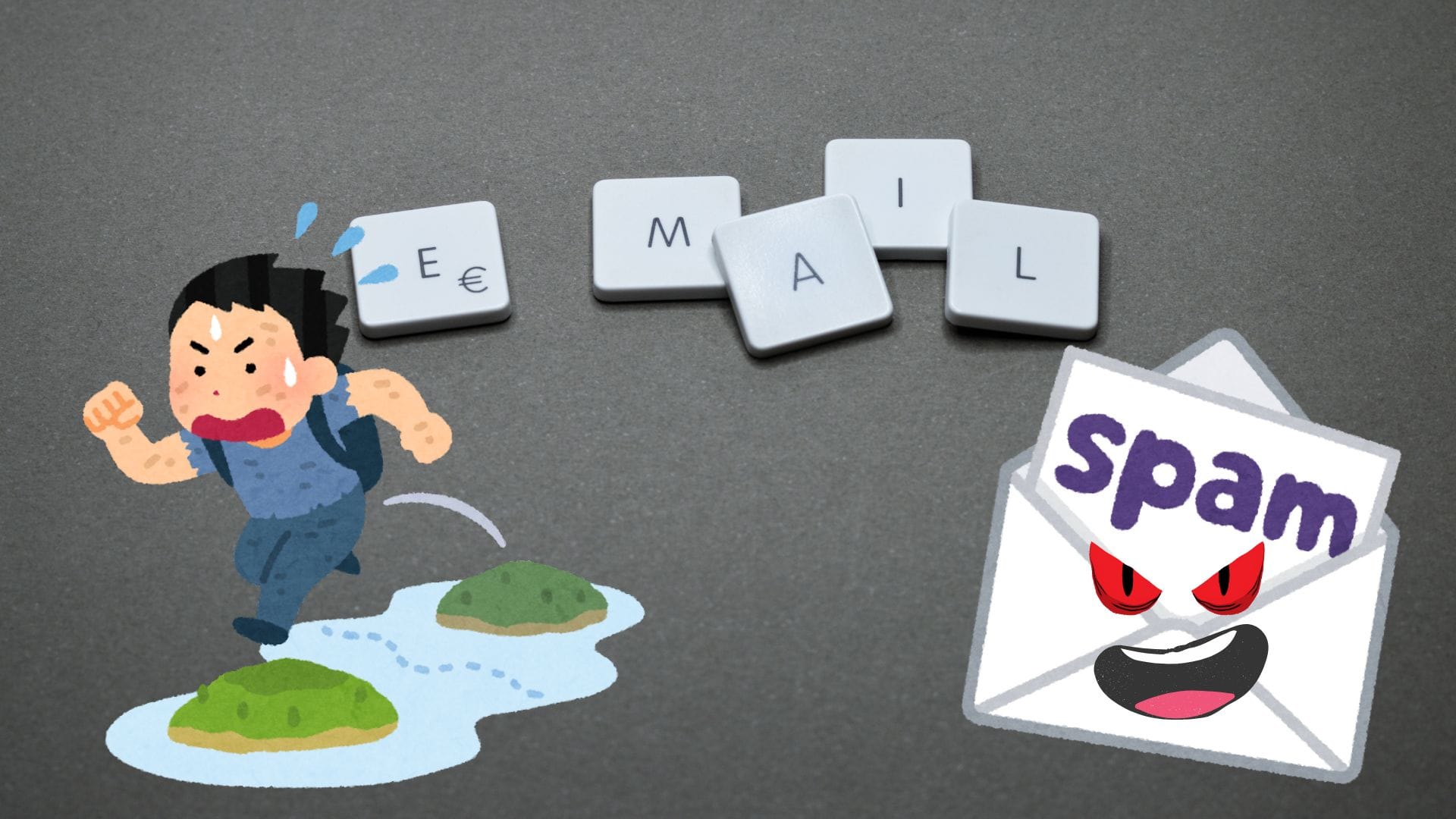What is a title?
A title is a concise and impactful text. Its role is to encourage the reader to either read your content or move on if it’s not relevant to them. A title is much more than a formality in web writing; it is an integral part of your content strategy.
In fact, all online texts have a title. A catchy title should pique your audience’s curiosity by using descriptive adjectives like “best,” “effortless,” and so on. These adjectives also make your title dynamic.
Why write a catchy title?
The title is the first contact with your audience. It’s a bit like when you go to a bookstore; what makes you want to pick up a book is its title. Then, you might look at the back cover, maybe even read the first few lines or check the table of contents. And if you’re convinced, you buy it. Ultimately, this is what you expect from your content: to make your audience “buy” your products or services.
5 mistakes to avoid when writing a title
To recognize a bad title, nothing is easier: it exhibits one or more of the following characteristics:
- Vague title: it’s not descriptive enough. Your audience doesn’t know precisely what your content will provide. Example: “Tips for a Successful Life.” Here, it should have mentioned the number of tips. This title could have been improved by adding “professional,” “personal,” or “family.” It would have been even better by specifying the benefits of a successful life.
- Absence of SEO keywords: optimizing a content title for search engines is important to increase its visibility. This oversight will reduce the chances of being read by your audience.
- Too sensational title: while writing a catchy title is essential to attract your audience’s attention, it should not be overly sensational. If it’s misleading in terms of the content’s quality, you will disappoint your target and harm your credibility.
- Title too long: a good title is neither too long nor too short. Beyond 10 words, it’s too long, and it will be truncated on search engine results pages. You also risk losing your audience’s attention. A catchy title should be concise.
- Title seen elsewhere: to stand out from the competition, your title must embody your brand, your identity. So, avoid copying titles seen on other websites. Instead, you can create a database of titles that you liked and draw inspiration from them while adding your personal touch.
Knowing these elements helps assess the relevance of a title and improve it before publishing content.
4 steps to writing a catchy title for your content
A good title is maximum information in a minimum of words. It’s the one-line summary of your content. Now, it’s time to discover the method for writing good titles.
Write the title after the body of the text
Contrary to popular belief, the title is not to be written first. You can have a rough idea and note it down, but you must take the time to check its relevance once the text is finished.
Answer the users’ query
Nothing is worse for your audience than clicking on your title and realizing that the content has nothing to do with their search. Once you have found a title, make sure you’re not missing any important information by using the 5W2H method:
- What: Answer your audience’s expectations.
- Who: Know your audience.
- Where: Ensure that the information is in the right place.
- When: Check if you need to specify a date.
- Why: Define the objectives and causes.
- How: Answer the objectives/causes.
- How many/much: Provide concrete examples if necessary.

Integrate keywords to improve your SEO
On the internet, you write to be read by users and seen by search engines. Before writing your article, you’ve defined a keyword to work on. This keyword should be in the title, ideally as far to the left as possible.
Remove unnecessary words
Once you’ve completed the previous three steps, you should get rid of all unnecessary words: adverbs, determiners, etc. Keep only words that carry value and meaning.
2 types of titles to capture your audience’s attention
To ensure that you arouse the interest of internet users, two types of titles have proven effective. They generally also respond well to queries typed into search engines.
The enumerative title for sharing tips
This title contains numbers and announces a list of information:
- 30 Must-Visit Restaurants in Lyon in 2023
- 10 Tips for Writing a Cover Letter
- 5 French Destinations for Successful Family Vacations!
With this type of title, the reader can skim the article and quickly find the important information summarized in the subheadings. It’s one of the titles that works best.
The title in the form of a question to provide a concrete answer
Search engines, especially Google, have increasingly become answer engines. People query them to solve a problem or seek advice. Titles starting with “How” or “Why” are also very successful. They announce content with practical value.
Here are some examples used on this site:
- How to improve the local SEO of my business?
- Why having a responsive design is crucial for your online business?
Thanks to these questions, the reader expects a concrete and detailed answer. They know what to expect from the title of your content.
Bonus: 2 tips to make your titles even more impactful
A compelling title also includes:
- infinitive verbs: “how to fix a water leak under a sink?” or “3 steps to fix a water leak under a sink.” Avoid generic verbs like “have,” “allow,” “seem”…
- values written in numbers: this makes your title more readable and impactful. Moreover, if you can, use symbolic numbers (3, 7, 10, 12…).
In summary, remember that a catchy title should:
- be concise
- intrigue your audience
- incorporate your SEO keywords
It’s a crucial element of your content. If done well, it will have a positive impact on your traffic.





